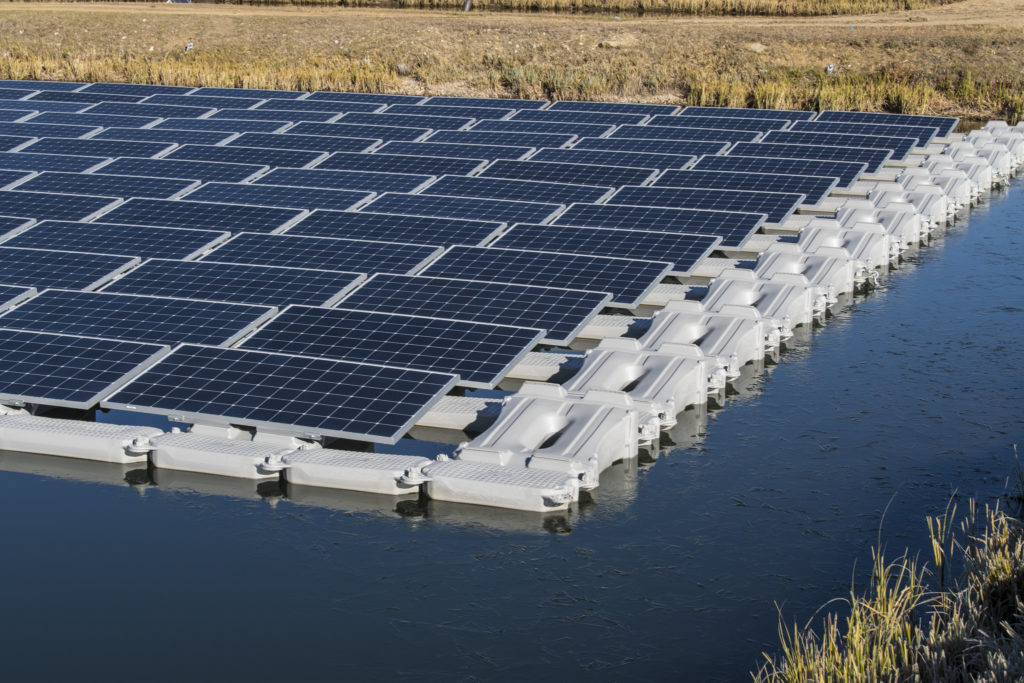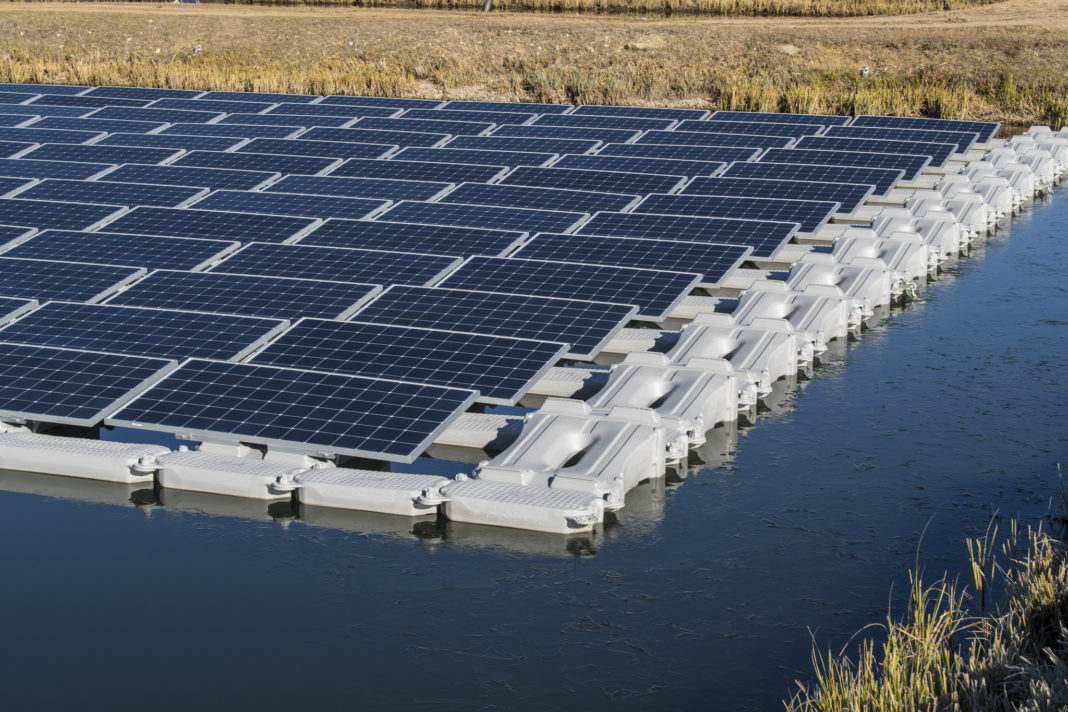Built by the country’s main utility EDP (EDP.LS) on Western Europe’s biggest artificial lake, the shiny floating island is part of Portugal’s plan to cut reliance on imported fossil fuels whose prices have surged.
Miguel Patena, EDP group director in charge of the solar project, said on Thursday when the tugboats moved the panels into a position that electricity produced from the floating park, with an installed capacity of 5 megawatts (MW), would cost a third of that produced from a gas-fired plant.

The panels on the Alqueva reservoir, which is used to generate hydropower, would produce 7.5 gigawatt/hours (GWh) of electricity a year and would be complemented by lithium batteries to store 2 GWh.
The solar panels will supply 1,500 families with power or a third of the needs of the nearby towns of Moura and Portel.
Floating panels do not require valuable real estate and those on reservoirs used for hydropower are particularly cost-effective as they can hook up to existing links to the power grid. Excess power generated on sunny days can pump water up into the lake to be stored for use on cloudy days or at night.
In 2017, EDP installed a pilot floating solar project with 840 panels on the Alto Rabagao dam, the first in Europe to test how hydro and solar power could complement each other. EDP already has plans to expand the Alqueva project. It secured the right in April to build a second floating farm with 70 MW installed capacity.
According to cnn















